How Welsh wine is wooing connoisseurs
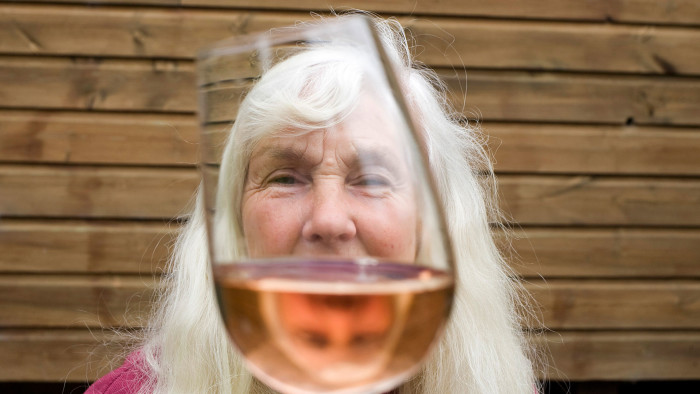
Simply sign up to the Life & Arts myFT Digest -- delivered directly to your inbox.
Those with more educated palates than mine say British wines have never tasted better. The country’s winemakers are basking in the glory of glowing reviews and awards, in particular for sparkling and white wines, confirming their rise from being thought of as poor cousins of their cross-Channel neighbours to a genuine force.
Some of the finest British vineyards are in the south of England, where French producers have snapped up prime viticulture real estate to help future-proof their businesses from climate change. But the conventional wisdom that suggests wines can only be produced in warmer, drier counties is confounded by the geographical reality: there are now thriving wineries in Lancashire, Yorkshire, Cornwall and, perhaps just as surprisingly, Wales. In the past five years Welsh vineyards have picked up dozens of awards for their light, crisp whites, rosés and sparkling wines. And some of these garlanded Welsh wineries are less than a decade old.
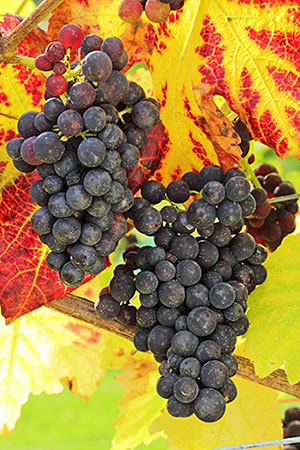
There have been vineyards and wine has been consumed in Britain for a long time. Whenever a Roman villa is unearthed there is usually plenty of evidence that wine was imbibed enthusiastically after the invasion of 43AD. Although Tacitus (AD56-117) described the British climate as “objectionable” and quite unsuited to viticulture, the discovery of grapevine pollen at a Romano-British site near Wellingborough, Northamptonshire, is the strongest sign yet that wine was grown as well as drunk in Roman Britain.
The great flowering of English winemaking came after the Norman conquest. Despite being of Viking stock, by 1066 the Normans had absorbed enough French culture to take a keen interest in the local viticulture. The Domesday Book identified 42 existing or newly planted vineyards. Almost all were in the south of William the Conqueror’s new dominions, below a line roughly from Gloucestershire in the west to Cambridgeshire in the east, with a few exceptions. What we learn from the Domesday data is that viticulture was alive, well and not at all unusual in medieval England and Wales. And under the Normans, British viticulture enjoyed a boom not seen again until the modern era.
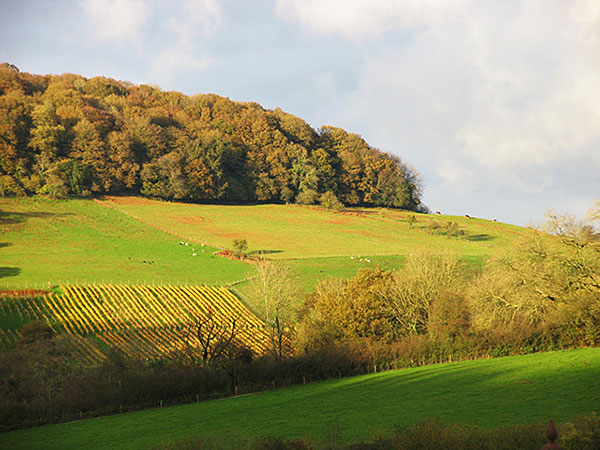
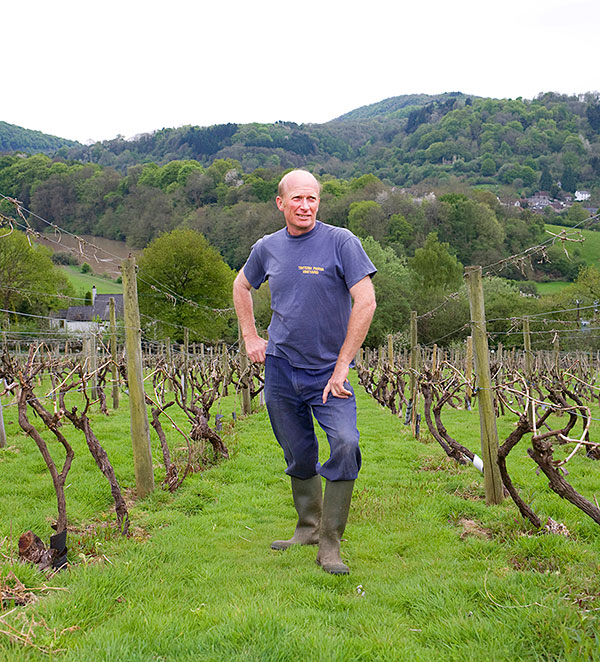
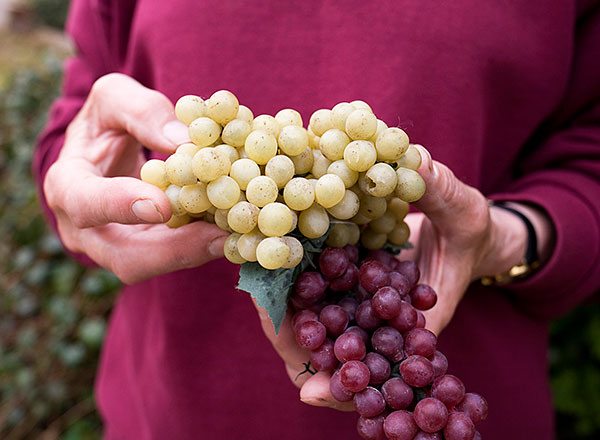
So what happened to make us believe British wines are an entirely modern phenomenon? Climate change is often cited as the reason for the current success of wines from north of La Manche. Conversely a period of cooling after the so called “medieval warm period” — epitomised by the “frost fairs” that took place on the river Thames during the “little ice age” (between the late 1500s and early 1800s) — is cited as the cause of the demise of any lingering wine production. Evidence for either theory is pretty thin: climatologists view the little ice age with scepticism — the temperature change was less than 1C relative to the late-20th century mean.
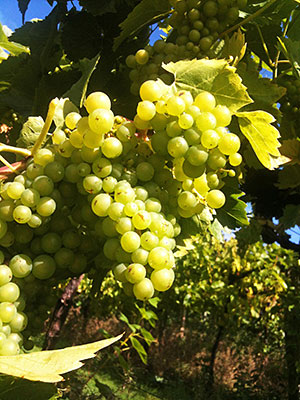
A more plausible argument for the decline of British wine is a socio-economic one. Benedictine monasteries were responsible for a significant proportion of wine production, which largely ceased after the Reformation under Henry VIII. Trade agreements between England and France, forged through battle or royal marriage, made the importation of better and cheaper continental wines easier. The market forces that today enable British growers to market their wines as a premium product didn’t exist until the latter part of the 20th century. For a Tudor farmer, choosing between growing an average wine crop with a limited market or a field of in-demand wheat wouldn’t have required a great deal of thought. And the British working classes, unlike their continental cousins, have traditionally preferred beer.
The modern English wine industry began in the late 1950s and by the end of the 1970s there were about 130 vineyards, more than at any time in history. Today there are more than 500 commercial vineyards in England and Wales. If the English industry is a cocky adolescent in global wine terms, its Welsh counterpart is a toddler: the oldest vines in the principality are little more than 30 years old.
Monmouthshire is a relative hotbed of Welsh wine production, thanks to a benign climate — it rains far less in the county than in much of Wales. Sugarloaf Vineyards, near Abergavenny, makes a nod to the Napa winery of the same name, but the former is far smaller, with just five acres and seven grape varieties. The surrounding Brecon Beacons landscape is, however, even more dramatic, and wine enthusiasts can stay in lodges at the vineyard to admire the views and the booze. White Castle Vineyard’s vines are also on five acres of south-facing slope, the business augmented by the Croft Barn, an events and teaching space. Its wines are available to buy from the cellar door and include an award-winning Phoenix and Siegerrebe blend (the latter a very sweet, crisp dessert grape) named Gwin Gwyn and a medium-bodied Rondo red.
Overlooking the historic village of Tintern, with its ruined abbey, Parva Farm vineyard is the longest established in Wales. It has all the characteristics one expects of a vineyard — serried rows of shaggy-barked vines along a steep, south-facing incline — but set in a vivid green, sheep-studded Welsh landscape. The oldest vines were planted on the well-drained soil in 1979, from which the vineyard’s Tintern Parva Bacchus is produced; the 2009 vintage won a silver medal at the 2011 International Wine Challenge. Its rosé is an ideal summer barbecue wine: light and slightly flinty, with a low alcohol content at just 9.5 per cent. “The roots of the vines go down deep, finding all sorts of interesting minerals that flavour the grapes,” says co-owner Judith Dudley. Tintern Parva produces about 5,000 bottles a year from 4,500 vines; in its best year (2006) it managed 10,000 bottles.
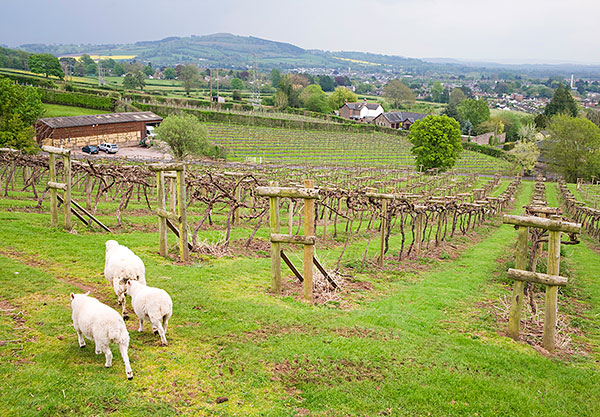
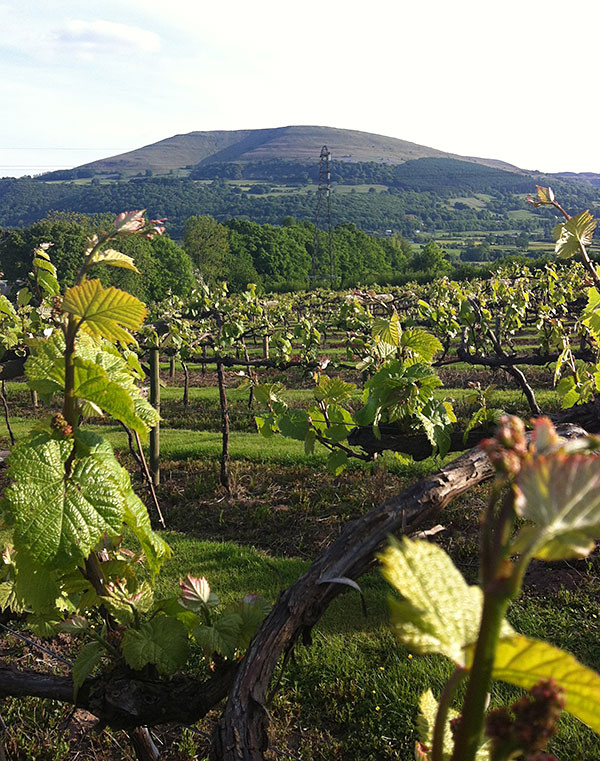
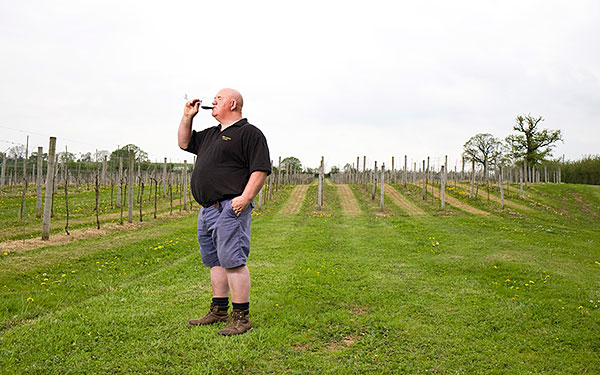
Up the road is Ancre Hill Estates, a vineyard just a decade old but dripping in awards. Richard Morris started planting the vines with his wife Joy and four children after selling his share in a logistics company in 1999 and retraining in viticulture at Plumpton College, East Sussex. Ordinarily this would be the cue for a well-worn joke: how do you make a small fortune from British wine? Answer: invest a big fortune. But the Morrises defy such humour, picking up Decanter World Wine, International Wine Challenge and International Wine and Spirit awards.
Their Pinot Noir, Chardonnay and Albariño grapes are planted over soils littered with Jurassic limestone, which gives the distinctive mineral tones to wines from, among others, the Chablis region. Sparkling wines in particular benefit from these soils; Ancre Hill’s 2008 vintage was awarded best sparkling wine in the world at the 2012 Bollicine Del Mondo competition, held annually in Verona.
To put that in perspective, and the fledgling Welsh wine industry as a whole, the competition included Paul Bara, Feuillate and Bollinger. To produce such a fine wine after such a short period is no fluke; it suggests Wales has all the right ingredients for many more great vintages.
Matthew Wilson is the managing director of Clifton Nurseries, London
Photographs: Mark Griffiths
Comments